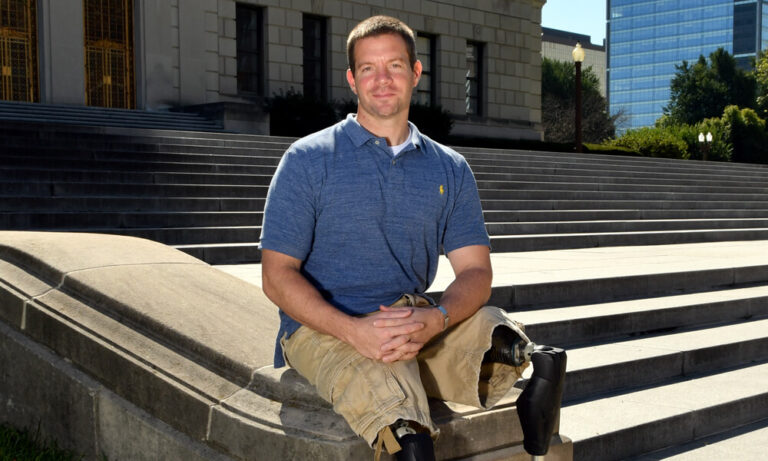

A high TMB, recently defined as the presence of 10 or more mutations per megabase detected by NGS, is another potential biomarker of ICIs benefit. Testing can be done by IHC, by polymerase chain reaction, or by next-generation sequencing (NGS). Thus, a higher tumor mutational burden (TMB) results in increased neoantigens load. A high MSI is a surrogate marker of MMR deficiency and it results from failure of repair to mismatched nucleotides during DNA replication. In patients with EC undergoing ICIs treatment, testing for a mutation or DNA MMR deficiency is routinely checked. The CPS appears to be a better as it looks at many cells constituting tumor microenvironment. PD-L1 testing is available by various immunohistochemistry (IHC) methods, and rates of positivity in clinical trials are reported as tumor proportion score (TPS) only or as combined positive score (CPS) for the tumor cells, lymphocytes, and macrophages. PDL1 is the ligand that blocks the programmed death receptor 1 (PD-1), leading to immune tolerance. Four subtypes of esophagogastric cancers can be distinguished at the molecular level: Tumors with chromosomal instability (50%), MSI-high (MSI-H) tumors (22%), Epstein–Barr virus-positive (8%), and genomically stable tumors (20%). Key biomarkers proposed for ICIs in EC include microsatellite instability (MSI) and programmed death-ligand 1 (PD-L1) expression. Hence, predictive biomarkers are needed to select potential patients most likely to benefit from these agents. ROLE OF BIOMARKER TESTINGĪny targeted therapy, including ICIs, does not equally benefit all patients. Biomarker research is underway, to select the potential patients most likely to benefit from therapy and spare others from side effects (e.g., inflammation of skin, intestines, endocrine system, and liver) and failure of treatment. Nonetheless, as of now, only a subset of EC patients benefit from ICIs.

This forms the rationale of ICIs, where we use either agonists of stimulatory receptors or antagonists of inhibitory signals to immune cells. By overcoming this, the immune system can be used as a potential weapon against cancer. Cancer cells manipulate signals to escape from immune surveillance. This leads to the recruitment of CD 4 and CD 8+T-cells at the tumor sites.

As per newly proposed “cancer-immunity cycle” model, dead cancer cells emit antigens recognizable by antigen-presenting cells. Cancer cells are not foreign cells hence, they are not so easily detected by immune cells. The immune system of human body is a complex interaction between cells and biochemical signals that orchestrate the detection and damage from external antigens, while avoiding autoimmune damage. Limited literature on EC urged us to write this review. There are more data on esophagogastric junction (EGJC) or gastric cancers rather than on isolated EC. Several phase III trials have demonstrated benefits in response and survival as compared to CT along with a manageable safety profile in advanced EC. Recently, immune checkpoint inhibitors (ICIs) have been extensively studied for the treatment of advanced EC.

Conventionally, systemic chemotherapy (CT) has been the mainstay of treatment in such cases, yielding a median survival of only around 12 months. Half of EC cases present at an advanced stage. EC is the 8 th most common cause of cancer worldwide and 6 th most common cause of cancer mortality. EAC, more common in European and North American regions, usually occurs in the lower third of the esophagus and originates from glandular lining near the stomach. ESCC, being more common in Southeast Asian and African regions, is very aggressive and occurs in the middle or upper one-third of the esophagus. Cancers of the esophagus (EC), including esophageal squamous cell carcinoma (ESCC) and esophageal adenocarcinoma (EAC), are among the most fatal cancers in the world.


 0 kommentar(er)
0 kommentar(er)
